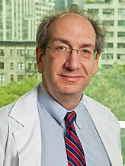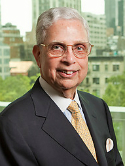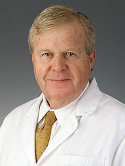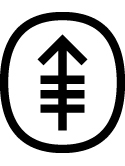| Abstract: |
Objectives. The use of neoadjuvant chemotherapy prior to definitive surgery has been firmly established in other areas of oncology, most notably in the treatment of testis and Wilm's tumors. The use of neoadjuvant androgen deprivation therapy (ADT) in conjunction with radical prostatectomy remains a source of controversy. We have conducted phase II and phase III studies to assess the effects of 3 months of preoperative ADT (goserelin and flutamide) on the pathologic staging and postsurgery prostate-specific antigen (PSA) relapse rate. We also reviewed the data confirming the understaging of clinically localized prostatic cancer and the experimental data providing the conceptual support for ADT. Methods. We report the results of 141 patients, Stage TO-TO, in a Phase II study with concurrent, nonrandomized controls (N 72) versus a treatment arm (N = 69) of men receiving 3 months of ADT with 3.6 mg goserelin for 28 days and 750 mg flutamide daily. We also report the interim results in 114 men participating in a prospective, randomized study of ADT versus surgery alone. Results. The 69 patients who received 3 months of goserelin and flutamide followed by radical prostatectomy had a pathologic organ-confined cancer rate of 74%, versus 48% in the control group who received no ADT prior to surgery. The margin-positive rate was 10% in the ADT group versus 33% in the control group. In an interim analysis of 114 patients (59 ADT, 55 control), the organ-confined and margin-positive rates were 73% and 17% in the ADT group versus 56% and 36% in the control arm, respectively. The PSA disease-free rate at a mean follow-up of 28.6 months (range 62 to 49.5 months) was 89% in the ADT-treated patients (N = 98) and 84% in the control patients (N = 96). There was no statistical difference demonstrated between the arms with respect to biochemical failure. Conclusions. While the pathologic staging of tumors following ADT treatment was improved compared with surgical controls, to date the PSA disease-free survival rates are similar. Patients with residual extracapsular (P3) disease after ADT manifest an increased PSA failure rate compared with those with P3 tumors treated by surgery alone. This suggests that ADT may identify a subset of patients with aggressive tumors that may be candidates for additional therapeutic interventions even before PSA failure occurs. |












